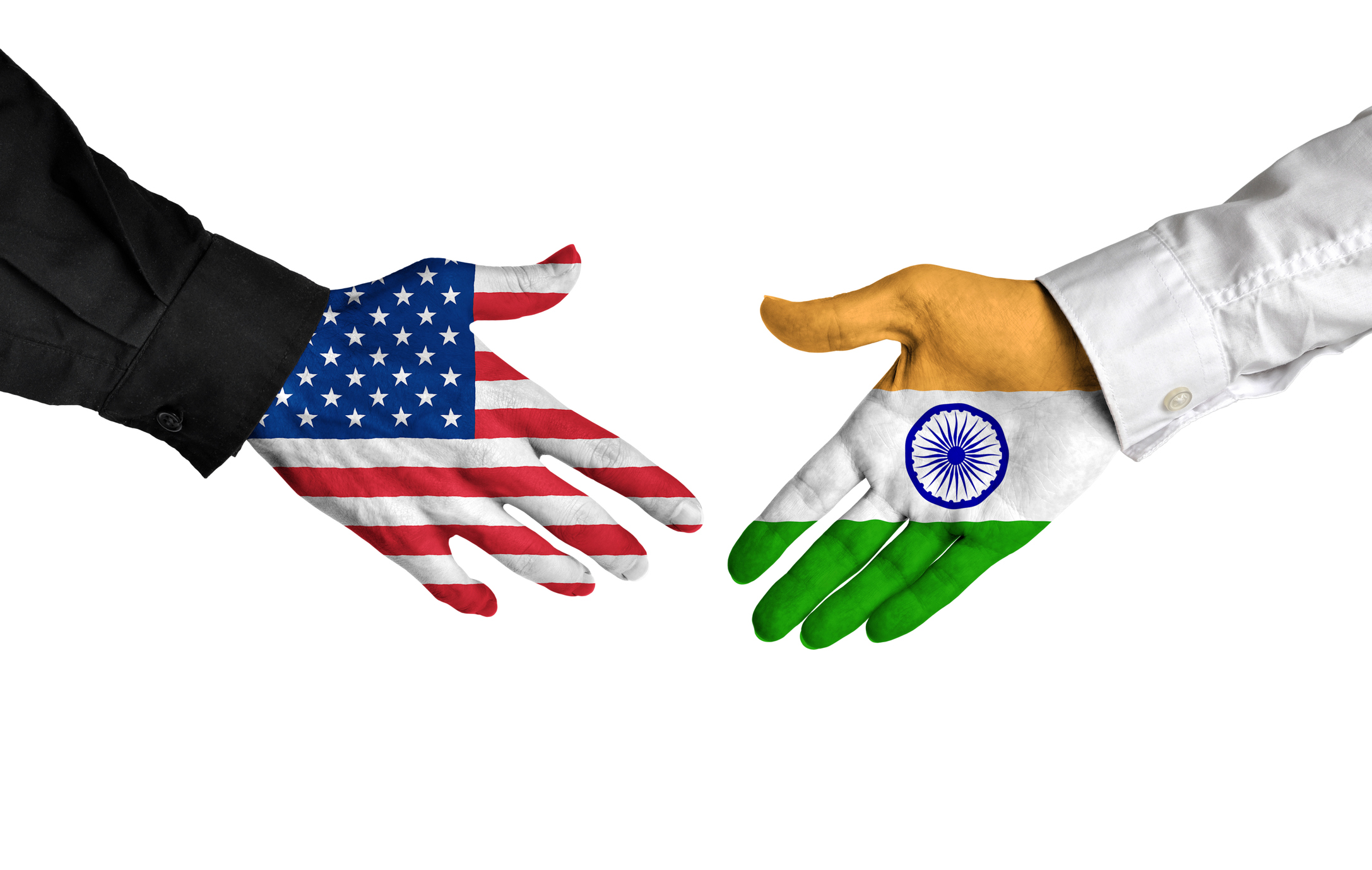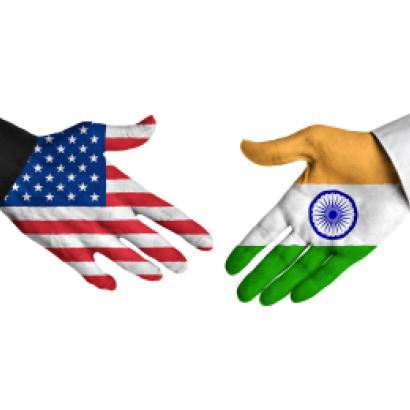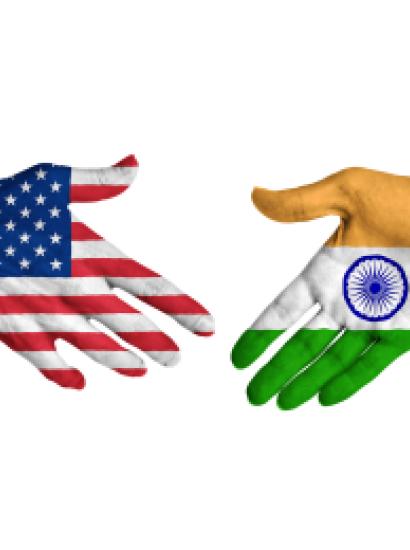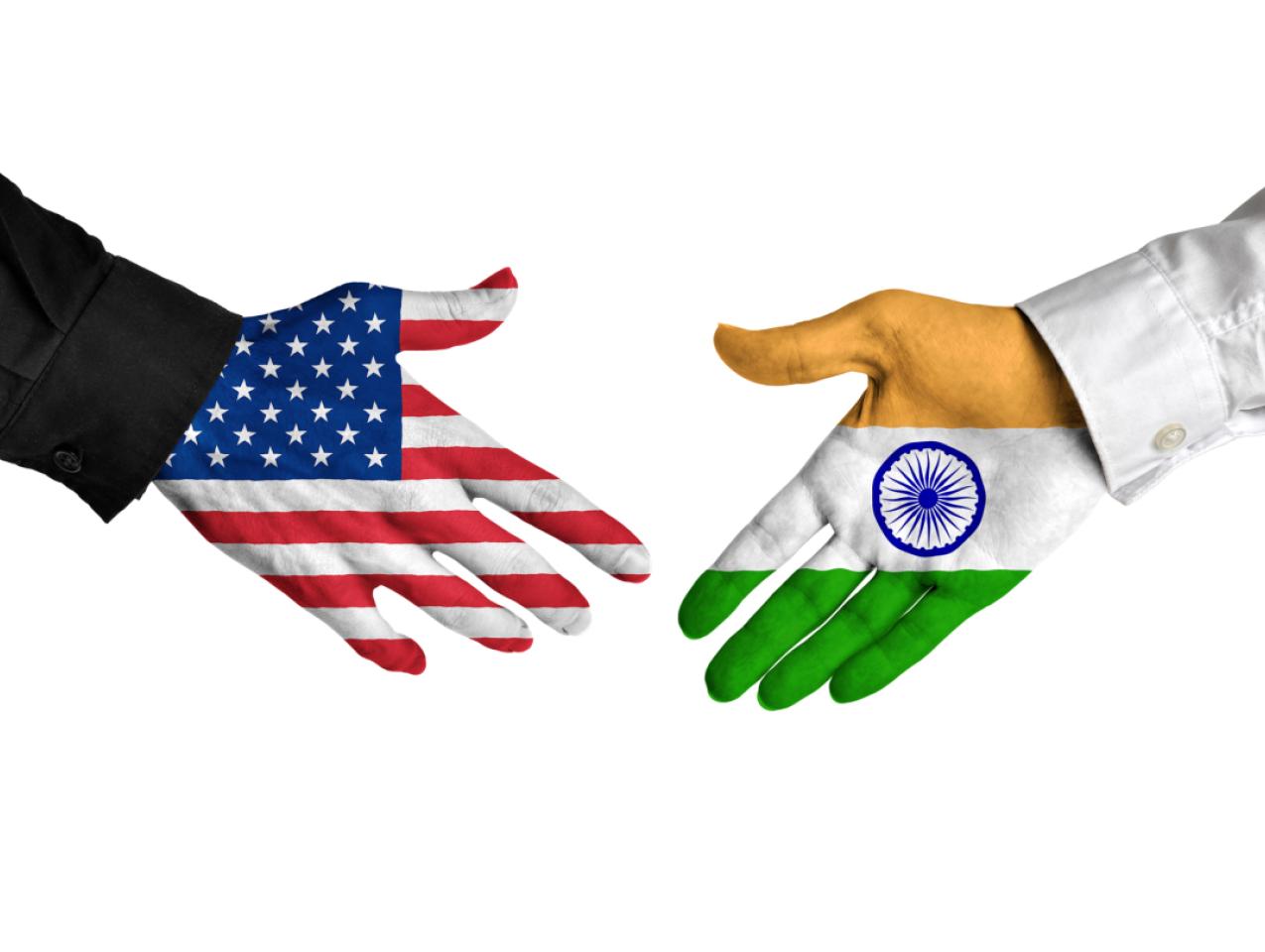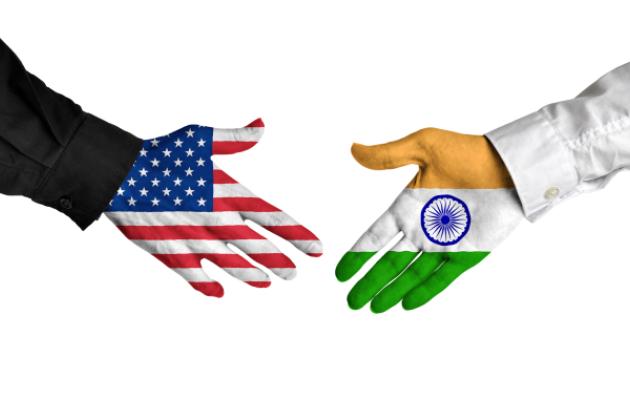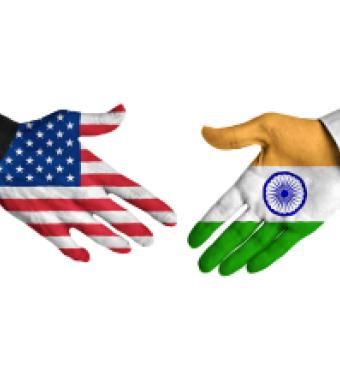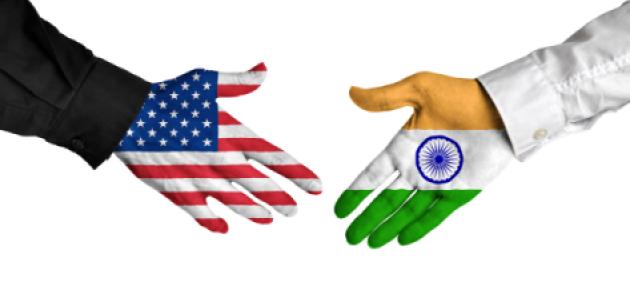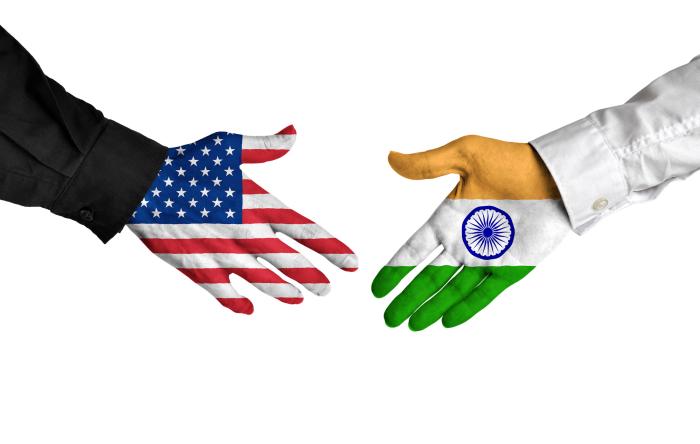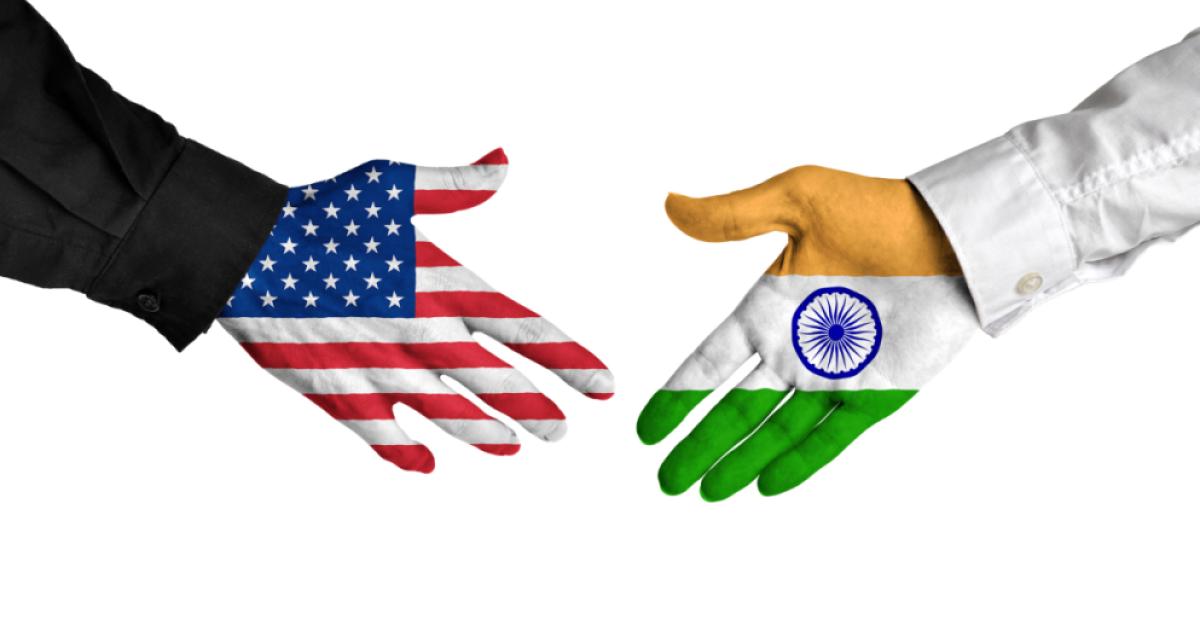- Middle East
- Revitalizing History
In recent years the United States has been pursuing stronger relations with India, and for good reason. Setting aside that India is important in its own right—with more than 18 percent of the world’s population and with the sixth largest economy in the world—policymakers and strategists are also recognizing India’s power in regional and global affairs. Consider some of the most important international events over the past decade. The US has turned to India for support in sanctioning Iran, for rebuilding Afghanistan, for jointly working against terrorism in the region, and more recently, for coordinating on China and the Indo-Pacific. Developing a strong relationship with India is clearly in line with US interests.
Given the need to develop strong relations between the two countries, how should US policymakers seek to win over their Indian counterparts? The answer may lie in the Middle East. India’s recent willingness to engage Israel and the United Arab Emirates (UAE) provides something of a roadmap for developing strong bilateral relations between the US and India. Furthermore, India seems to be open to the possibility of engaging in a “West Asian Quad,” specifically a multilateral partnership between the US, the UAE, and Israel. The US stands to gain from the emergence of a West Asian Quad. Taken together, US-India relations can be strengthened by observing what has worked at a bilateral level between India and its partners in the Middle East, and by advancing this new multilateral partnership.
India’s Traditional Approach to Foreign Policy
India has historically maintained a “non-aligned” approach to foreign policy. During the Cold War, Indian leaders sought to avoid becoming dependent on the major superpowers of the time, the US and the Soviet Union. By remaining non-aligned, India could also seek sinecures and concessions from both sides.
India continued its non-aligned approach even after the end of the Cold War. New Delhi’s foreign policy establishment continued to maintain a friendship with Russia—particularly in the arena of weapons’ procurement—and seemed hesitant to deeply engage with the US.
As the Cold War was ending, India’s leadership charted a new course for Middle Eastern relations. Israel and India officially formalized relations in 1992, and subsequently deepened economic and security arrangements. India enjoyed friendly relations with the rest of the Middle East as well, with Indian workers driving growth across the region.
For its part, the US did little to develop the relationship further. Apart from a symbolic visit toward the end of his presidency, Bill Clinton’s administration treated India as an afterthought. The cost of this lack of attention became apparent following 9/11 and the invasion of Afghanistan. The US was ill-prepared to coordinate with India, who had been supporting the Northern Alliance and fighting the Taliban through much of the 1990s.
Relations between the US and India started to improve in the 2000s. The two countries struck a high-profile civilian nuclear agreement in 2006 and worked together to fight terrorism. Economic relations between the two countries deepened as corporations made inroads into one another’s markets and large numbers of Indians immigrated to the United States.
But in line with its traditional pattern of non-alignment, as India and the US seemed to come together, countervailing forces in India sought to chart an alternate course. In 2010, India engaged in a “minilateral” pact with Brazil, Russia, China, and South Africa. The early focus of these BRICS summits was to push for an alternative to the prevailing global economic system initially developed by the US and the West. The member states sought to push for changes to International Monetary Fund and World Bank voting rules and called for a shift away from the US dollar as the main global currency.
Things Are Changing
Two tectonic shifts are dramatically changing India’s foreign policy. First, with Prime Minister Narendra Modi’s election in 2014, India’s traditionally tight-knit foreign policy establishment seemed to open up. Under Modi, a new set of domestic interests and advocacy groups have had much greater access to crafting India’s foreign policy. Consequently, India seems to be more open to choosing sides.
The second big shift that has taken place is that India’s relationships with its BRICS partners have softened, and particularly its relationship with China. Indian strategists are undoubtedly concerned with China’s involvement in Pakistan and other neighboring states, to say nothing of the recent border skirmishes that have taken place directly between the two countries.
This leaves an opening.
The development of India’s bilateral relations with both Israel and the UAE should be particularly instructive for US policymakers. India maintains strong relations with both countries. These relations are built not just on shared interests and common exchange, but seem to extend beyond quid pro quos. Israel and the UAE are willing to make concessionary arrangements with India, undoubtedly because they recognize the strategic value of such engagement. For instance, Israel and India work closely together in combating terrorism. Israel not only shares intelligence with India, but is also willing to share high-end military equipment and spyware. Not surprisingly, because Israel treats India as a trusted partner, India has become the largest buyer of Israeli military equipment. Just as Israel has done, the US can and should prioritize India’s need for high-end military procurement. Washington needs to acknowledge that India can be trusted with such weaponry.
India’s relationship with the UAE is also instructive. The UAE and India recently announced that they will sign a free trade pact, the first such agreement that the Modi government has formed with any country since coming to power. In some sense, this trade pact is not surprising: 38 percent of the residents of the UAE are Indian citizens and despite its small size, the Gulf state receives 9 percent of all Indian exports. Nonetheless, the UAE worked hard to court Modi and India. In addition to engaging in frequent visits, Abu Dhabi repeatedly demonstrated its willingness to side with India in its struggles with neighboring Pakistan. Perhaps most significantly, the UAE supported India’s 2019 move to consolidate control of Jammu and Kashmir. In order to avoid alienating Pakistan, the US maintained a neutral stance on the conflict between the two countries. More generally, US military aid to Pakistan has understandably been a sore spot for US-Indian relations. Simply put, the US has to pivot away from Pakistan if it wants to count on India as a geostrategic partner.
The Possibility of a Western Quad
The Abraham Accords profoundly altered India’s ability to engage with Israel and the UAE. Where India once had to maintain siloed relationships with Israel and the rest of the Middle East, multilateral engagement is now not only a possibility, but almost seems to be an inevitability. India, Israel, and the UAE not only want to work together on economic relations, but they share common interests in regional stability. With some minor exceptions, these three countries hold mostly similar outlooks in how to handle Pakistan, Iran, Afghanistan, Syria, and even Russia. Apart from their shared perspectives on the power politics of the region, India, Israel, and the UAE are likely to continue coordinating on counterterrorism efforts and in addressing other non-state threats.
What do these developments mean for US foreign policy? Essentially, the interests of all three countries align with those of the United States, especially in the context of stability in the Middle East region. Apart from fostering deeper economic ties, the US can support intelligence sharing and can promote military cooperation. And unlike many of its other partnerships—including the Quad that the US is pursuing with Japan, Australia, and India—the US will not have to drive the formation of a West Asian Quad. The US should support the West Asian Quad, but the other three countries are likely to work together whether the US is involved or not.
Of course, a West Asian Quad will not solve all problems. The US will still have to maintain an independent presence in the Middle East region. Also, the West Asian Quad is ill-equipped to address what is arguably the biggest issue facing US foreign policy, namely an ascendant China. Each of the four countries in the West Asian Quad has a different perspective on China. Expecting the West Asian Quad to develop a coordinated China policy is not only unrealistic in the short-term, but it could derail the multilateral project altogether. Nevertheless, such multilateral engagement will undoubtedly go a long way in promoting US-Indian relations.
It is critical for the US and India to develop strong and deep relations. By providing advanced weaponry and by siding with India over Pakistan, Israel and the UAE have each demonstrated what it will take for the US to forge a strong bilateral partnership with India. The US can also build its relations with India through a West Asian Quad. By working with Israel and the UAE, the US and India can achieve common objectives in the Middle East region while also establishing a new foundation for a robust relationship.







